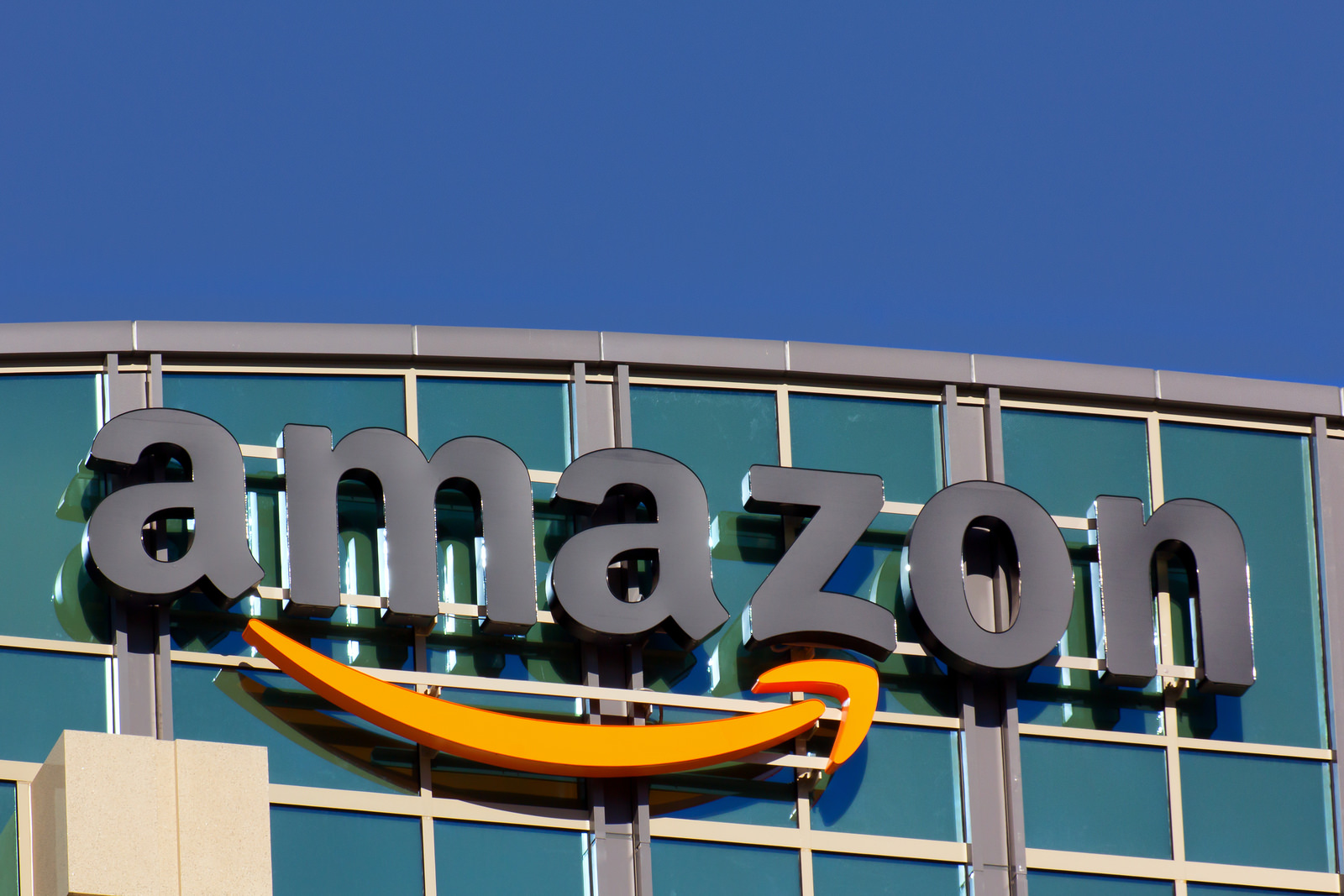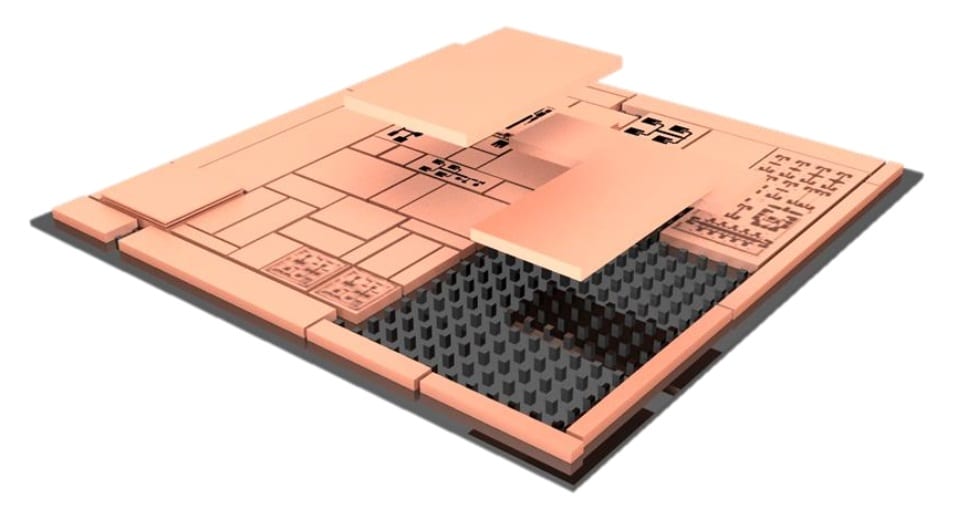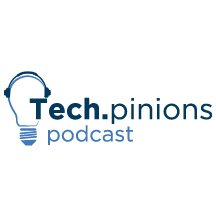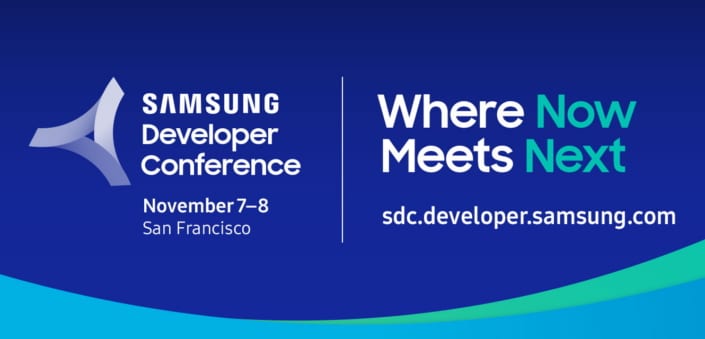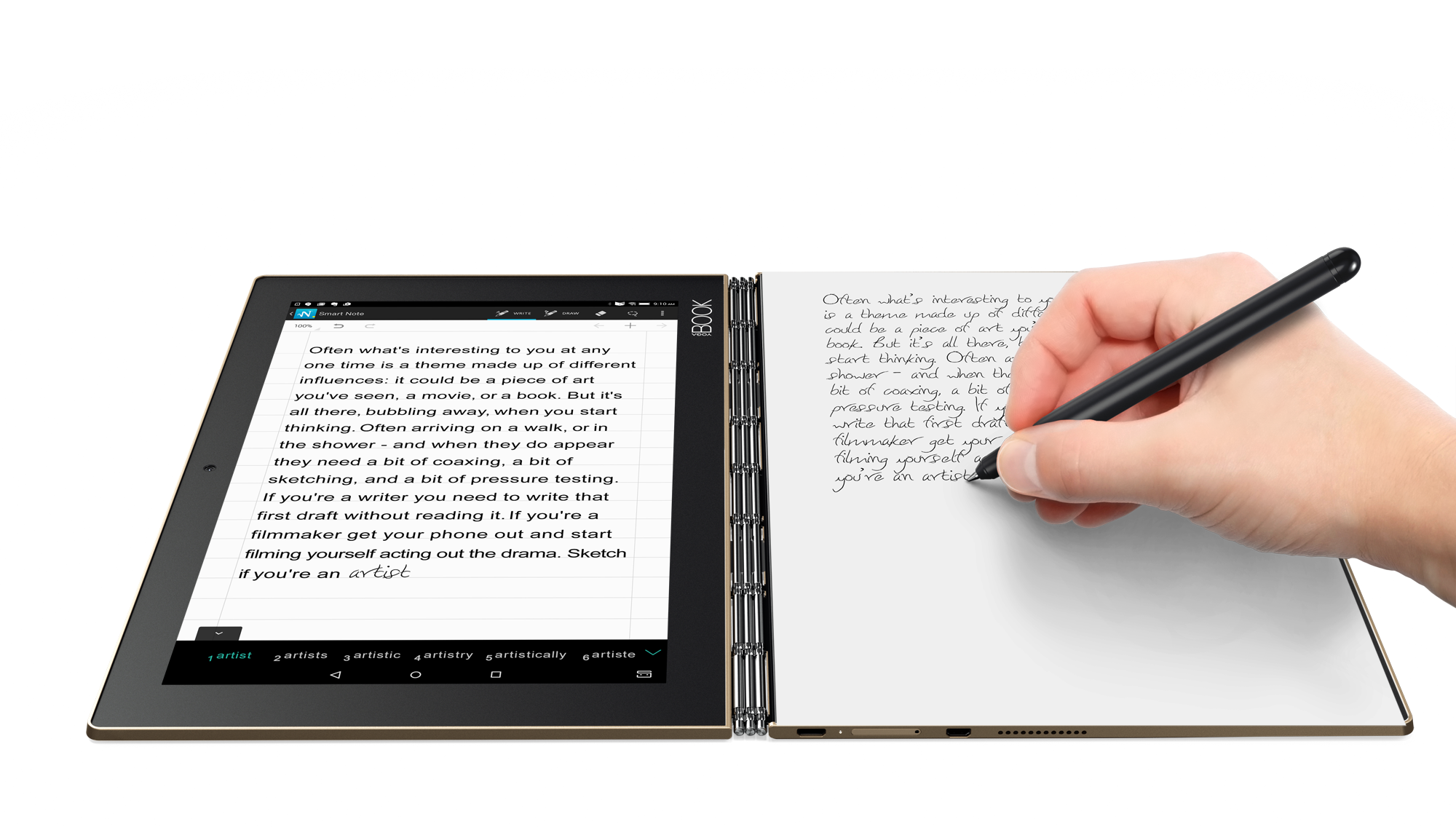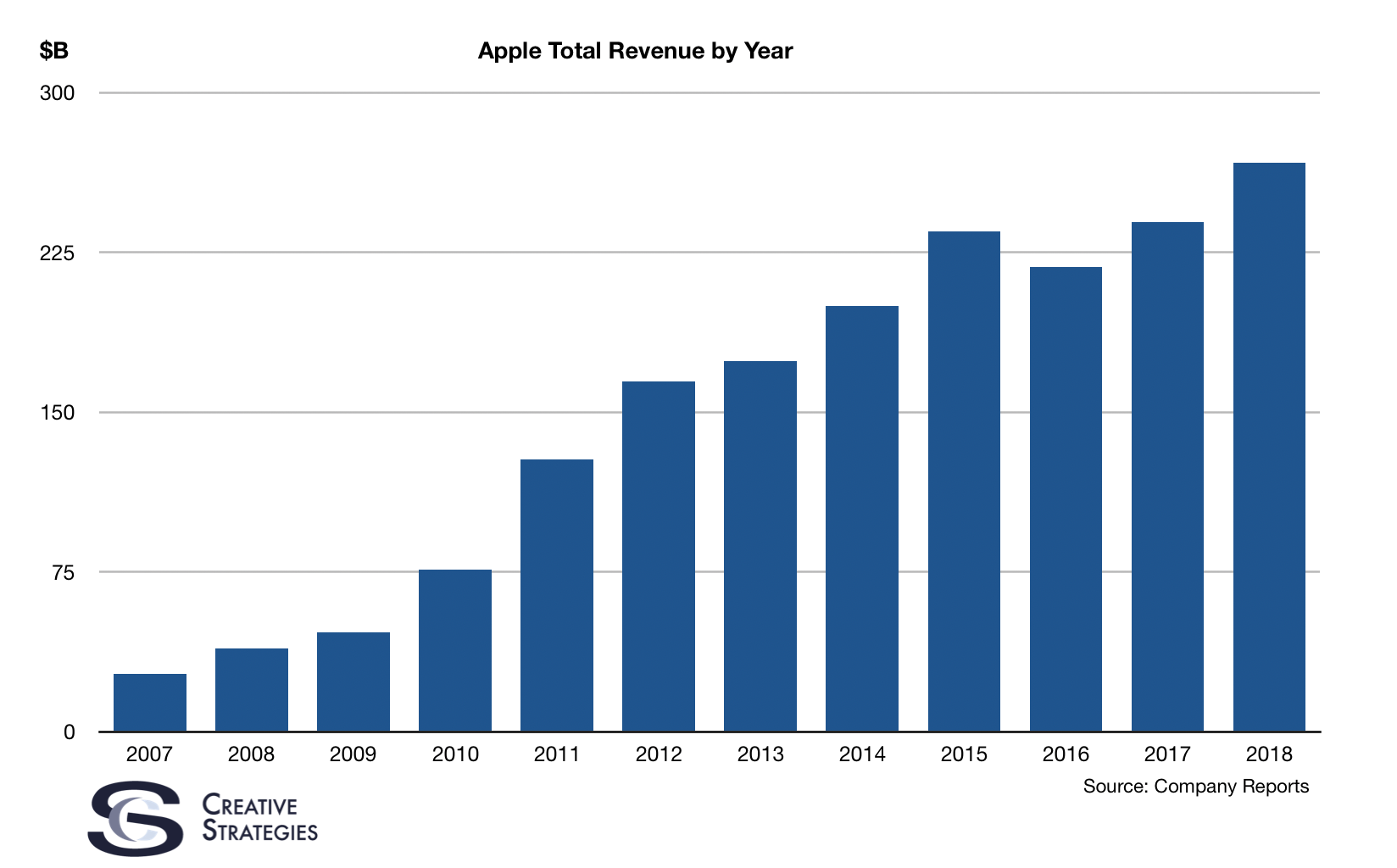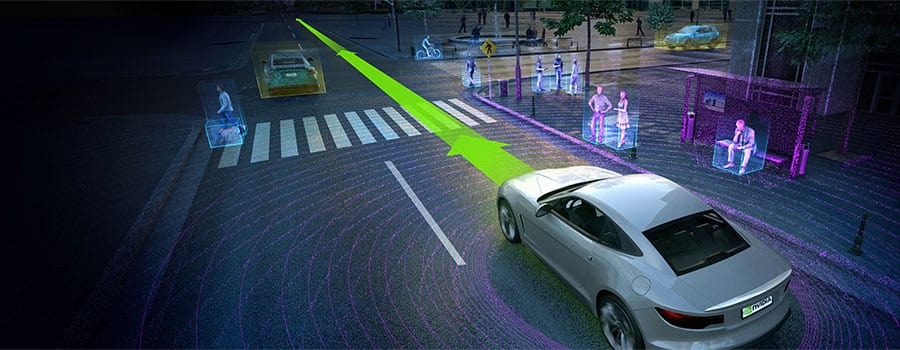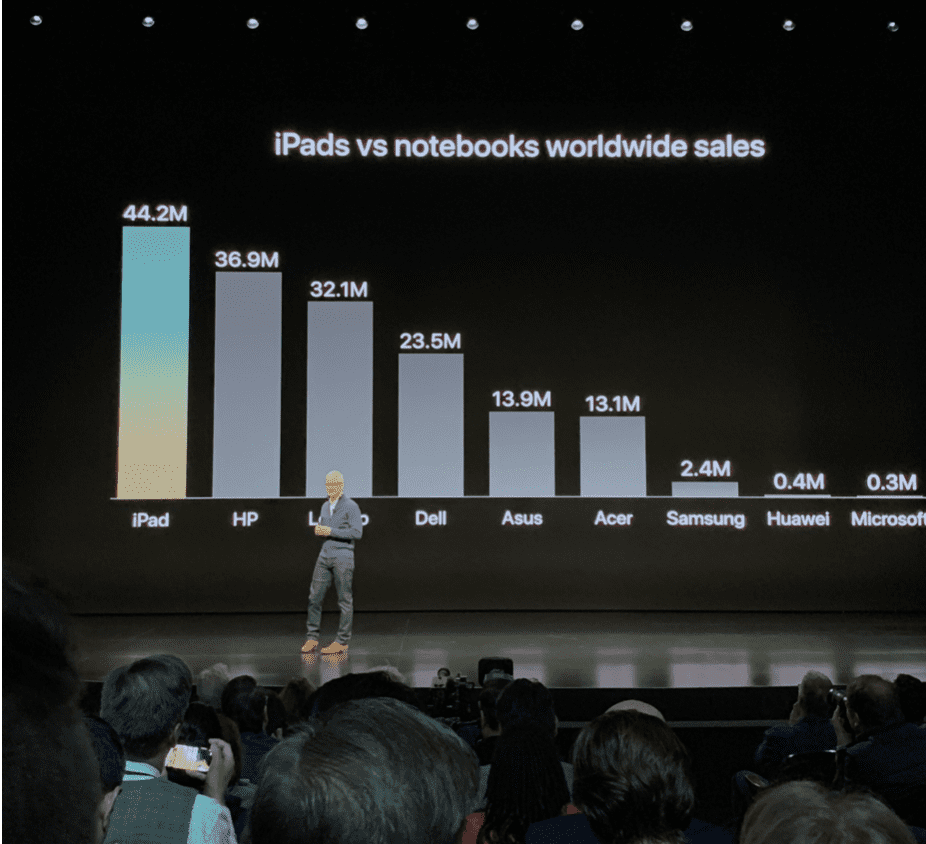In the end, Amazon’s announcement of Queens and Crystal City as the two new HQ locations was anti-climactic. In part because of the decision to split HQ2 after a year of breathless media coverage, and in part because many believe that the D.C. area choice was already a foregone conclusion given Jeff Bezos’ already substantial ties to the region. Cynics believe that the choice was typically Amazonian – where the company could get the best deal, rather than it necessarily being the best location for the company or, heaven forbid, embracing something slightly more altruistic by helping an up-and-coming tech city like Pittsburgh or Atlanta move to the top tier.
More importantly, this highly public process prompted a year-long thought process of how cities must compete for business and talent in the 21st century economy. The Bay area and Seattle are already overheated, and the infrastructure (affordable housing, transport) to support much more is inadequate. In my hometown of Boston, which was one of the finalists, there was a collective feeling of relief at having not been selected, given already sky-high housing prices, clogged roads, and an overburdened public transport system. And it is both sad and a poor reflection on our current leadership when it takes the prospects of an Olympics or major new corporate headquarters to catalyze the type of strategic thinking and investment for any city that wants to be competitive in the 21st century economy.
In my view, there are five key elements necessary to be in the game:
- Talent. Both extant and potential via a good educational system and strong universities.
- Diversity of economy. You don’t want to be too dependent on any one industry or economic sector. Pittsburgh is a great example. Whereas the collapse of the steel industry nearly killed Pittsburgh 1.0, Pittsburgh 2.0 has a much greater diversity of vibrant industries, fueled by a unique level of cooperation among its private, public, and educational sectors.
- Infrastructure. An adequate road system and a viable public transportation system. It’s becoming clear that 21st century workers don’t want to spend their lives sitting in cars. For certain types of employers/employees, proximity of a decent airport is also a factor.
- Affordable Housing & Livability. If you’re earning $100,000 and can’t afford a pleasant one-or two- bedroom apartment/condo in the city or a modest home in a close-in suburb, it’s a problem. There’s also the slightly more amorphous concept of ‘livability’, such as a city’s walkability, and the presence/proximity of culture and other amenities. Something I’ve always thought is important is ‘what’s a tank away’?, in other words are there nice places you can easily get to for a day trip or a weekend (beach, mountains, etc.).
- Progressive Local Leadership. Given the dysfunction on the national level and lack of strategic, long-term investment in education and infrastructure, cities and states with strong local leadership are breaking through. Examples: Nashville, Tulsa, and Los Angeles.
Now, let’s take a look at a few of the cities that were not only finalists in the Amazon hunt, but would be viable contenders at least for the ‘next Amazon’. How do they stack up on the above criteria?
Boston. Educational institutions, diversity of economy, livability, and talent are its strengths. But the city’s housing prices have become Bay-area-esque, and its infrastructure is overburdened and crumbling, with no long-term plan in place. It’s like a city that’s over-touristed and is saying, ‘no more’.
Dallas. Yes, it’s economy is on fire, but my sense is that this is a place that people move to once their career is established rather than being a preferred location for younger talent. And while it’s affordable compared to a lot of other cities, Dallas lacks top tier educational institutions that are feeders to tech companies, and remains too auto-centric, despite some recent investments in public transport.
Austin. This city has a lot of the right ingredients in place and has attracted a lot of tech companies already. A much younger, more vibrant feel than Dallas, in part because of the giant University of Texas at Austin. But growth has outpaced infrastructure investment, with sprawl and traffic impacting the quality of life factors that made this city attractive after Dell helped put it on the map.
Atlanta. Has many of the same attributes and challenges as Dallas, but is a notch above in terms of top tier educational institutions. I think traffic/sprawl/infrastructure challenges are what kept it out of the running for Amazon.
Pittsburgh. Here’s a city that has done and is doing a lot of things right to become a 2.0 version of itself. A quite livable place. Not yet a major league city on a global scale, and needs to substantially invest in its transport infrastructure if current growth trajectory continues.
Nashville. Has a lot of the same ingredients as Pittsburgh, and has used its assets to become a major healthcare/tech center. A progressive mayor has courted companies and made the right investments and strategic decisions to make the city much more livable (new park & bike trails, better roads/transport, tons of new housing).
Los Angeles. The highly progressive mayor Eric Garcetti is making huge investments in infrastructure and affordable housing and doing real things to address the homeless issue, tackle inequality, and diversify the economy. This fascinating, diverse place has the potential to be a revitalized global city for the 21st Century…or it could get crushed under the weight of its size and years of under-investment.
I should also mention three Canadian cities that are already seriously on the map:
Toronto. Now North America’s third largest city, Toronto (and the tech epicenter of nearby Waterloo) was a contender for Amazon HQ. And not just because of the idea of ‘Trump Snub’ that the media loved writing about. This city is culturally and economically diverse, has strong educational institutions, and is very livable. It does suffer from U.S.-like problems of traffic and sprawl and inadequate rapid transit outside the city core. And housing prices are among the highest in North America. But you will be hearing more about Toronto in the coming years.
Vancouver. Incredible quality of life, if you can get past the Seattle-esque six months of gloominess. This will be a major 21st century city, given its setting, strong educational institutions, and diversity. The huge run up in real estate prices (mainly due to foreign investment) and lack of good rapid transit are challenges…that are actually being addressed. V
Montreal. This city has all the right ingredients: already a tech and creative hub, strong educational institutions and tons of talent, still relatively affordable, and a high quality of life. Montreal is also making a significant investment in improving its roads and expanding its transport system. Its brutal winters are a factor for some, and still restrictive language laws keep some companies (and people) away.
And finally, here’s a few more from among the major North America cities:
Getting to the Next Stage: Minneapolis-St. Paul, Portland (OR), Phoenix, Detroit, Philadelphia.
Not Progressing/Worry Button: Chicago, Miami, Orlando, Charlotte, Baltimore…and San Francisco.
Cities shouldn’t be overdoing the post-mortem about why they didn’t get Amazon HQ2. Instead, they should be thinking about what’s needed for them to land the ‘next HQ’.
